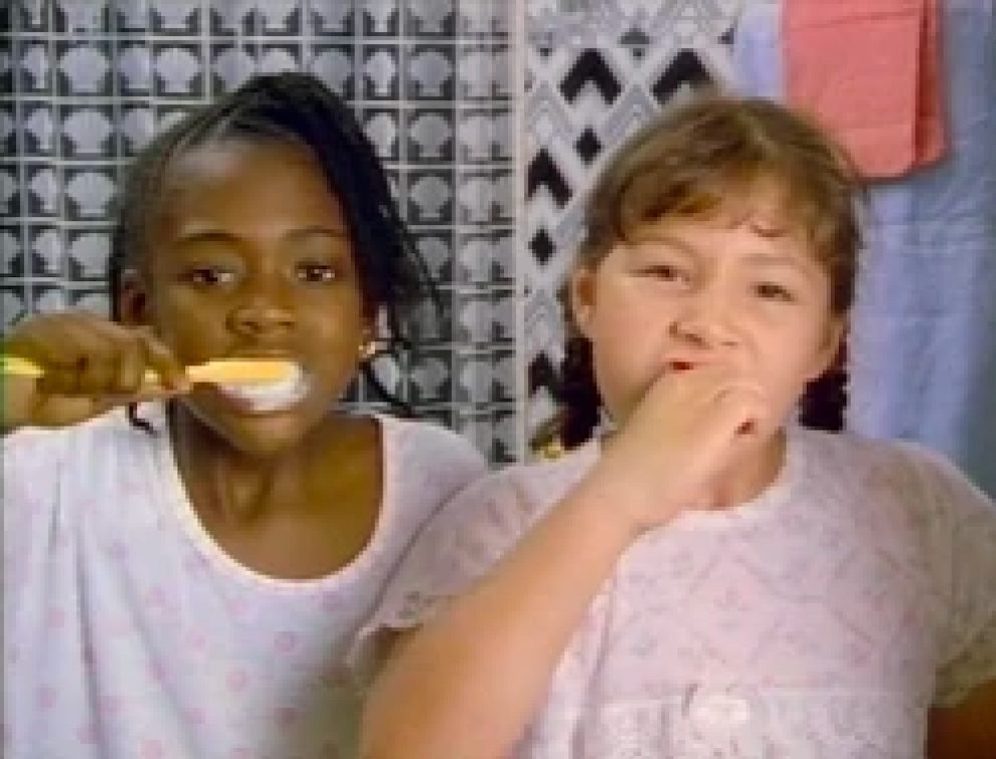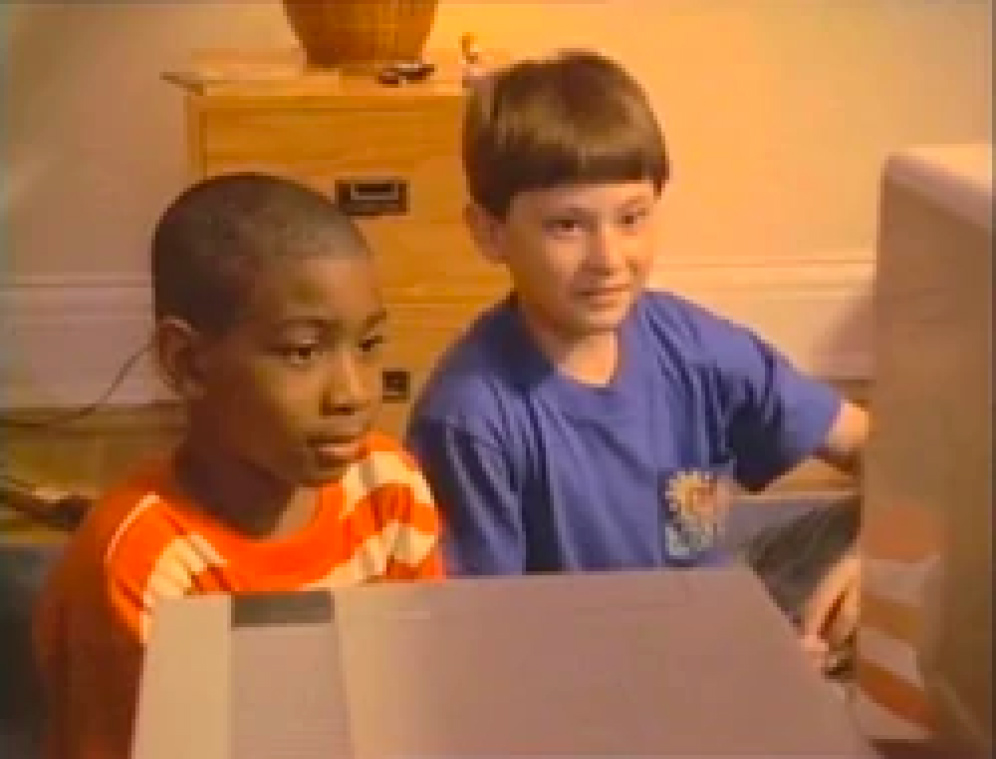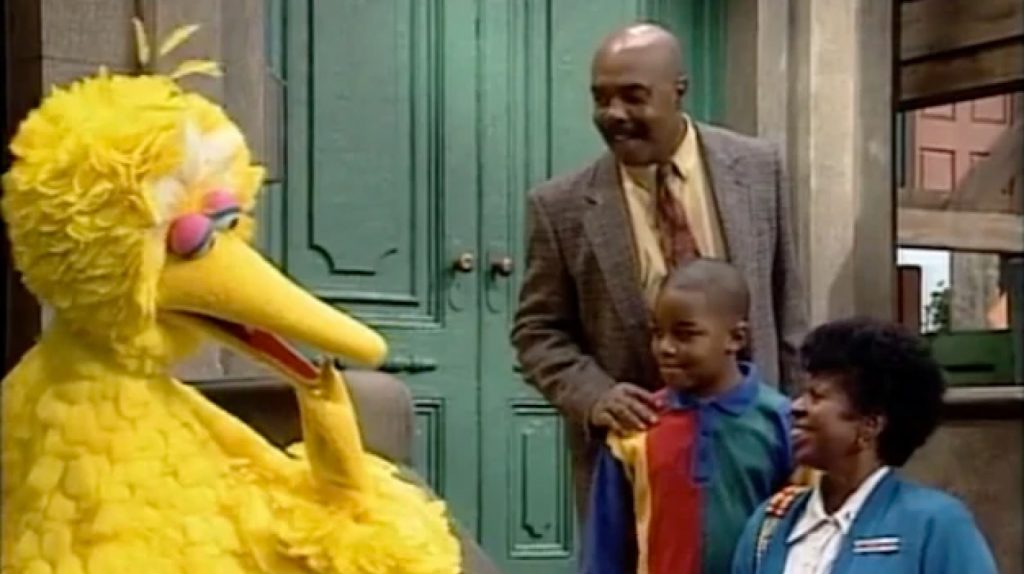Background: Sesame Street takes on topics from math—like learning to count—to social and emotional issues—like standing up to racism and handling big feelings such as frustration and sadness. While episodes have modeled racial harmony since they first began airing in 1969, the social conditions of the late ‘80s motivated the team to launch a four-year curriculum initiative focused more explicitly on race relations. The goal was to promote positive interactions and encourage friendships between children of different races and cultures by highlighting similarities across groups and building an appreciation for cultural and racial differences. The team conducted research to learn how they could effectively produce content that does this.
Research questions
- How do preschool-aged children understand and perceive race relations?
- How do children perceive themselves and their peers of other races?
- How do these perceptions impact children’s social interactions?
Process
Researchers conducted interviews with a diverse group of over 1,500 preschool-aged, low-income children. The team focused their research specifically on five racial groups, defined at the time as: African Americans, American Indians, Latinos, Asian Americans and White Americans.
Pick three faces
Researchers had kids choose from drawings of six faces (very happy, happy, okay, sad, angry, and afraid), to answer questions about how they felt about themselves and their skin. Kids also used these face cards to answer a question about how their parents would feel if they were friends with a child of a different race.
Card sort
Researchers gave kids drawings of children who differed by race, clothing, and hairstyles, as well as paper game pieces of neighborhood structures. In some games, there were 10 places in the neighborhood: two sets of homes, schools, playgrounds, markets, and churches; in others, the places in the neighborhood reflected areas where the kids actually lived. The kids showed the researcher where each drawing of a child went in the neighborhood.
Findings
- Preschoolers of all races felt positively about being friends with children of different races, but many indicated their parents wouldn’t be positive about them having such friendships.
- Unlike children of other races, 80%-90% of White 5-year-olds segregated Black and White kids in the neighborhood card sort activity. However, the majority of White children said that separating White and Black kids would lead to sadness for both groups.
Impact
In the early 1990s Sesame Street produced multiple seasons of content focused on race relations, drawing on insights from these interviews. Two segments in particular were created to counteract beliefs that White and Black children should be separated and to encourage friendships between Black and White kids.


Despite positive findings across observational studies of kids watching these newly produced segments, some of these children’s negative beliefs remained, namely about their parents not being supportive of interracial friendships. Therefore, researchers recommended further segments be created that not only show White and Black children playing together in one family’s home, but also show the family members expressing support about the friendships before, during, and after the playdates.
Three decades later, Sesame Street continues to be a leader in the field when it comes to educating young children about race and equity. The team continues to research these topics with kids, and to produce new content based on their findings. See Coming Together to learn more about Sesame Workshop’s commitment to racial justice, including the “ABCs of Racial Literacy” resources that support families in talking to their children about race and racism.
Truglio, R. T., Lovelace, V. O., Segui, I., & Scheiner, S. (2000). The varied role of formative research: Case studies from 30 years. In S. M. Fisch & R. T. Truglio (Eds.) G is for growing: Thirty years of research on children and Sesame Street (pp. 61-79). New York: Routledge.
